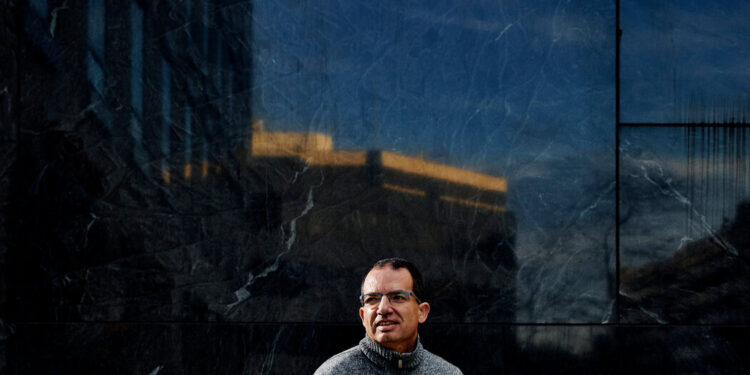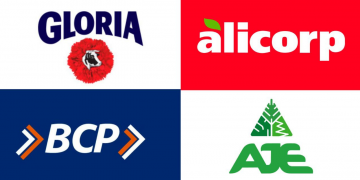Crédito: fuente
The president was especially enthusiastic about that aim. At a March 2 White House meeting, as Mr. Bancel and other pharmaceutical executives outlined their vaccine plans, Dr. Fauci cautioned that it would be a “year to a year and a half” before doses could reach the broader public.
Mr. Trump replied, “I like the sound of a couple of months better.”
Warp Speed had two leaders. In charge of science was Dr. Slaoui, who had led research and development at the drug maker GlaxoSmithKline for years and had served on Moderna’s board of directors. In charge of logistics was Gen. Gustave F. Perna, a four-star general who led the Army Matériel Command.
The operation, working out of a seventh-floor suite and a second-floor operations center at the Health and Human Services headquarters, had a military flavor. Its leaders discussed the book “Freedom’s Forge,” an account of how American industry armed the military in World War II, and imposed what they called a “battle rhythm” of meetings, including a daily 8 a.m. session on vaccines. Dozens of military officers reported to work in uniform.
The biggest decision, Dr. Slaoui said, was which vaccine candidates to back out of almost 50 possible contenders. His team decided on three types of vaccines, each to be pursued by two companies in case one firm failed. Federal officials referred to the finalists as “horses,” a nod to the race between them.
Moderna and Pfizer would pursue the mRNA vaccines, seen as the fastest to develop. The government was ready to foot much of the development bill, guide the clinical trials and even deliver supplies to factories.
Dr. Bourla was not interested. As one of the world’s top vaccine producers, Pfizer did not need federal help in developing a new product, he decided, and with nearly $52 billion in annual revenues, it did not need or want the subsidy.
“If we were unsuccessful, we would have to write off $2 billion” in vaccine development costs, Dr. Bourla said at The New York Times DealBook Online Summit this week. “This is painful for any corporation, but it was not going to break us.”








